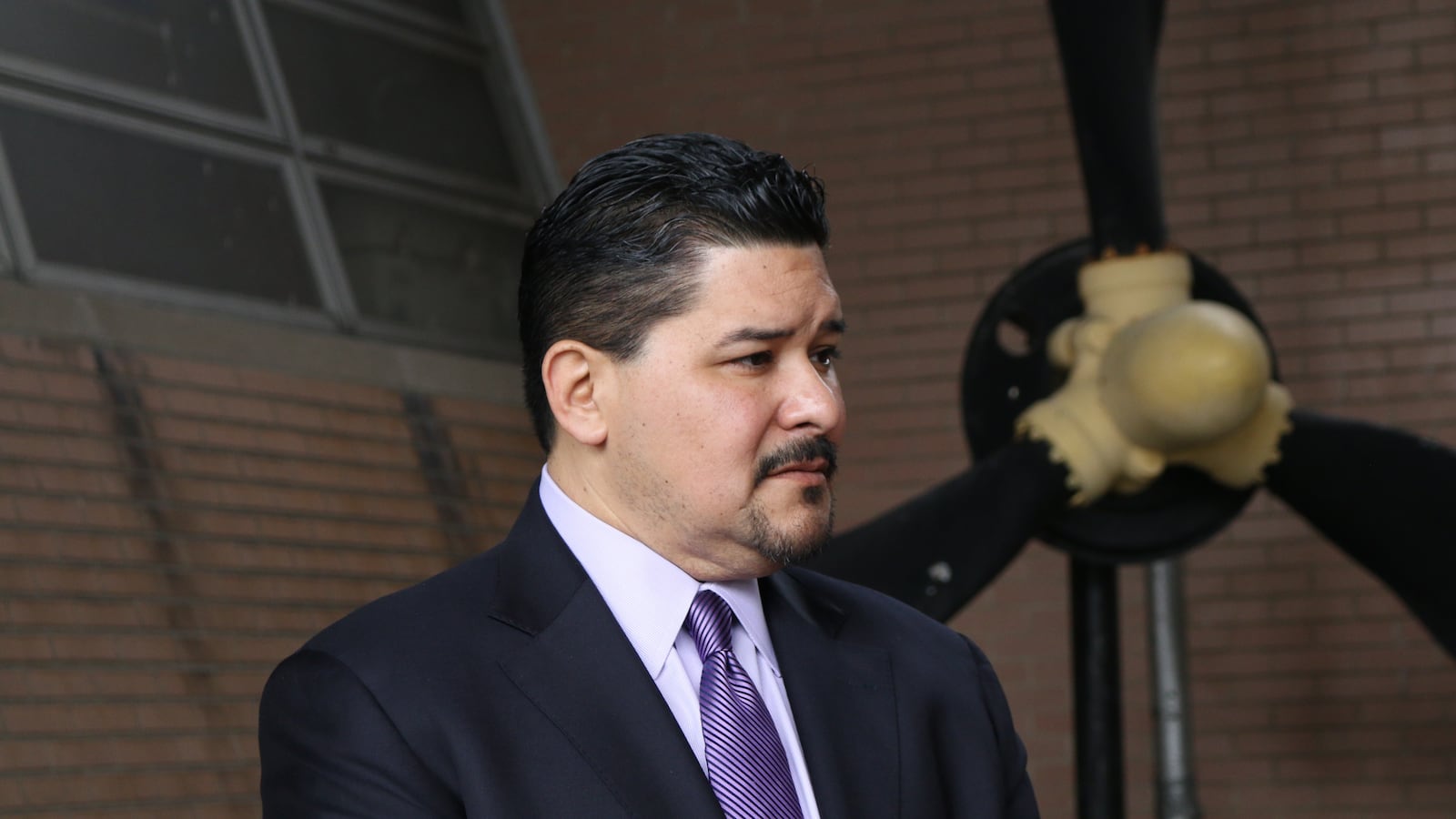New York City’s schools chief expressed a fundamental critique of the school system on Wednesday, arguing that sorting students by ability is “antithetical” to public education.
“I think the very fact that we’re talking about screening is an issue,” Schools Chancellor Richard Carranza said at a press conference in the Bronx. “Why are we screening kids in a public school system? That is, to me, antithetical to what I think we all want for our kids.”
A large chunk of the school system Carranza is running operates exactly that way. In New York City, about one quarter of middle schools and one third of high schools “screen” students — which means they select for admission based on factors like test scores, interviews, attendance, grades, or artistic talent. Several renowned high schools — the “specialized” schools that include Stuyvesant and Bronx Science — only admit top scorers on an entrance exam.
Carranza’s comments reflect his interest in integrating schools, as academic sorting also means that black and Hispanic students are underrepresented in many of the city’s selective schools. They also may signal that he’s on a collision course with Mayor Bill de Blasio, who has not exhibited much enthusiasm for sweeping changes to the city’s schools — and with affluent city parents who see selective schools as a condition of their participation in public school system.
The education department did not say Wednesday whether Carranza planned to introduce new policies to reduce the number of schools screening students. Spokeswoman Toya Holness said he would continue to support ongoing work with superintendents to promote alternative admissions methods.
“As Chancellor Carranza has said, we are committed to equity and excellence for all students in New York City and central to that work is making the admissions process fairer for families,” she said.
Screened schools proliferated under previous Mayor Michael Bloomberg, though a small number have existed for decades. According to data compiled by Sean Corcoran of NYU Steinhardt, less than 16 percent of school programs screened students for academics in 2002; by 2009, it was more than 28 percent.
Proponents say those schools allow top students to access a more rigorous curriculum than is possible in a school with students of mixed ability, and they encourage wealthier families to stay in the public school system — and bring their political and financial capital along with them.
But a Chalkbeat analysis in 2016 detailed how screening has led to extreme academic sorting. Over half of the students who took and passed the state eighth-grade math exam in 2015 were clustered in less than 8 percent of city high schools. Meanwhile, nearly 165 of the city’s roughly 440 high schools had five or fewer ninth-graders who took and passed the state math test.
This, in turn, contributes to segregation along racial and socioeconomic lines. Low-income students of color are less likely to earn passing scores on state tests and may have more challenges navigating the city complicated admissions rules. The New York Times published an analysis in 2017 that shows as admissions methods get more competitive, schools become increasingly white and Asian.
When asked about the city’s intense academic sorting a few weeks into his tenure, Carranza said he wanted to tackle the problem.
“That is not acceptable,” he said during an interview with Chalkbeat. “And as I wrap my head around the data, those are conversations that I’m looking forward to having with my colleagues.”
Mayor de Blasio was reluctant to make more than incremental changes to those systems in his first term. Officials eliminated an admissions method that benefited students who could attend open houses and added a “blind ranking” element to some admissions systems to increase fairness.
But on Wednesday, de Blasio appeared to back Carranza, who is in his second month on the job.
“We’re certainly going to look at the screened schools because that’s something that deserves to be evaluated,” de Blasio said.
Christina Veiga contributed reporting.

